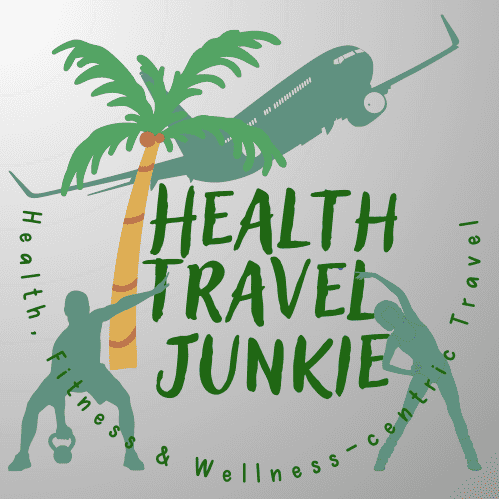Bolivia is situated at a high altitude in the center of Latin-America. It is one of the poorest countries on the continent. Although you could visit Santa Cruz, and Cochabamba, these large cities are not known for tourism. Most people who visit Bolivia simply head to Salar de Uyuni (the Salt Flats), perhaps spend a few days in La Paz (photo above), as well as seeing the country’s second, more touristic, capital – Sucre. Another option is Potosi and its mines.
Contents
La Paz (Bolivia) Wellness
La Paz is certainly not the most beautiful city. But its definitely still interesting. The altitude of this city is more than 3.6 kms – you’ll feel it in your breathing. Plus, the steep uphills around the city will keep you fit. To have the best experience, stay in or close to the cool Sopocachi neighborhood.
In other neighborhoods such as around the bus station, there are no decent restaurants. There you’d have to eat street-food such as fried chicken or hamburger and chips. Central La Paz is situated between the bus station and Sopocachi. There are a few good restaurants in this area.
Between Christmas and mid-January most of the best restaurants in La Paz lock-up and close for the holidays. One of these is Cafe Vida (Calle Sagarnaga). Here you’ll find healthy and tasty vegan food along with green vegetable juice, at reasonable prices (such as in the photo below). As you exit Cafe Vida and walk down Murillo Street, you’ll pass a small natural health shop on your right-hand side (Alimentos Naturales Gluten Free). Walk a few steps further and you’ll walk past Tarija Walkway. In this pedestrian street, Tierra Sana (on the left as you walk uphill) used to be a vegetarian restaurant, but due to lack of demand for plant-based options started serving meat as well. It’s tasty, good and affordable food but the focus isn’t on health and wellness.
Now keep on walking towards the infamous San Pedro Prison (down Murillo Street). Here wives and kids are allowed to stay with prisoners. Inmates are also allowed to run businesses from within the prison. Right in front of this prison, at Plaza Sucre, is the starting point for most of the La Paz walking tours. One block away, at Almirante Grau street is a good supermarket, Ketal. Walk one more block uphill from here and you’ll find Namas Te in Zoilo Flores street. This is another really good and affordable vegan / vegetarian restaurant, where the focus is definitely on healthier food.
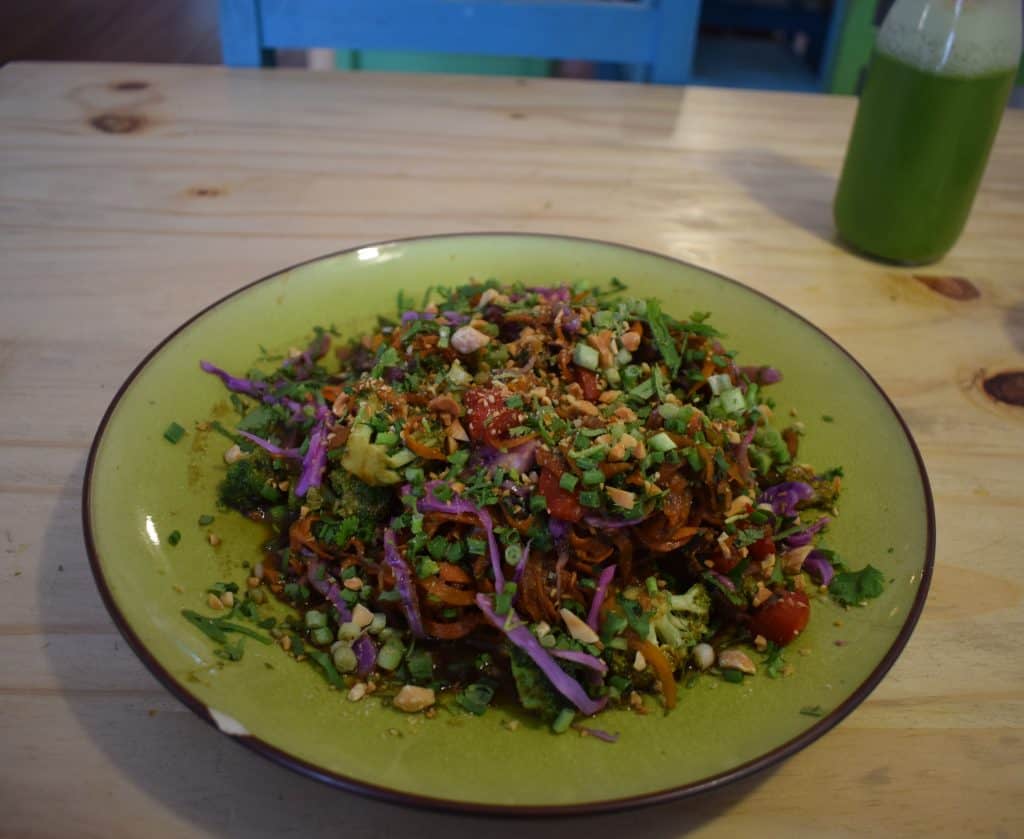
In Sopocachi there are healthier restaurants such as MagicK (closed in January). Plus, a good health shop, La Huerta, with a vegetarian buffet restaurant Flor de Loto at the same location.
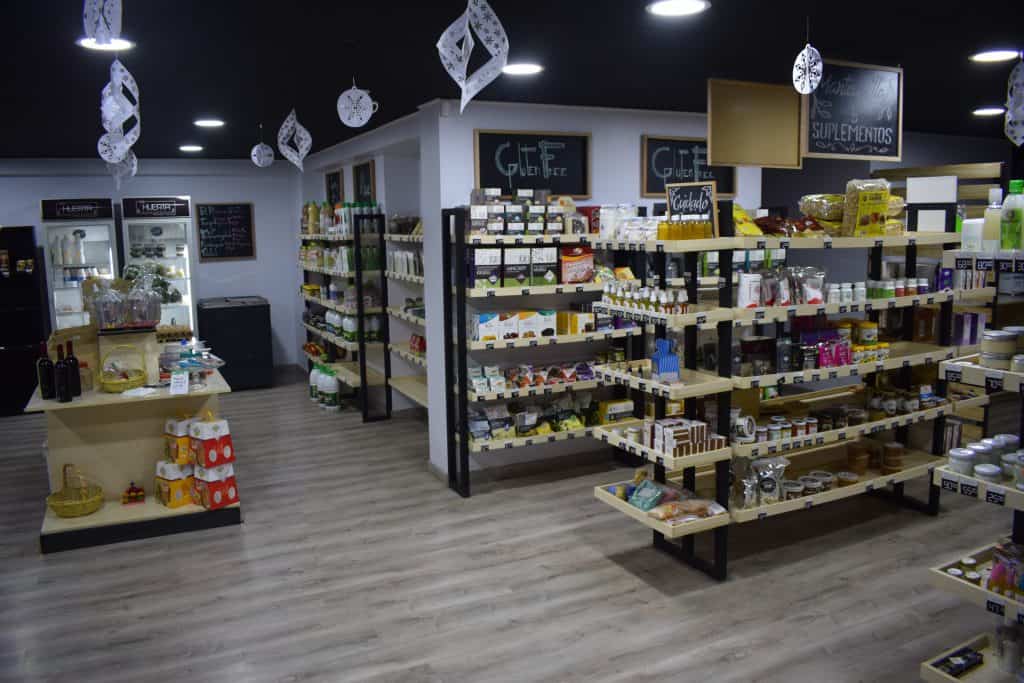
La Paz Tourist Activities
Other activities in La Paz include cycling the death road (all downhill). And definitely, take a ride on the telerifico, the highly advanced cable car system connecting the different neighborhoods in the city. For a good ride with great views, take the yellow and green line from Sopocachi. You could also take the cable car (from Central La Paz Telerifico Station) on a Sunday to the huge El Alto Market. This is however not a health-centric market. It’s simply a place where you can buy any random “junk”. Not recommended for tourists.
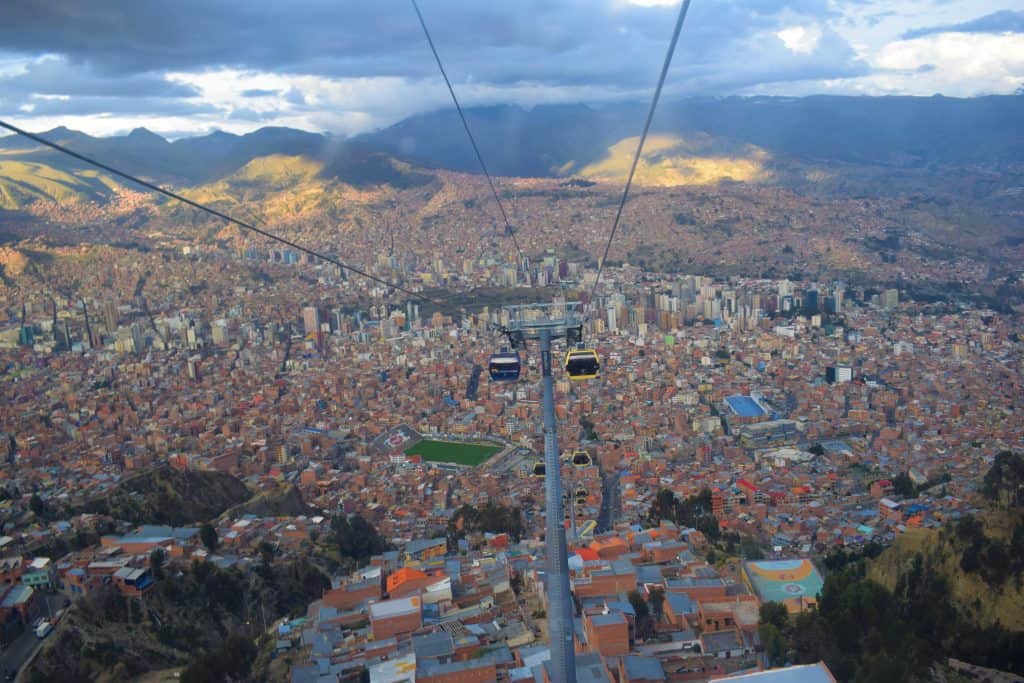
There are a lot of easy to find gyms dispersed throughout the city. I had a good workout at Fit Tendencias for less than 4 dollars (Murillo Street).
La Paz disappointed with a lack of exotic fruit. Instead, Coca leaf farming is very prominent in this province of Bolivia. It used to be illegal until the head of the Coca growers association, Evo Morales, was elected president. Now Coca production is allowed in certain zones. Normal agriculture is more common in other parts of the country.
Coca Museum – La Paz
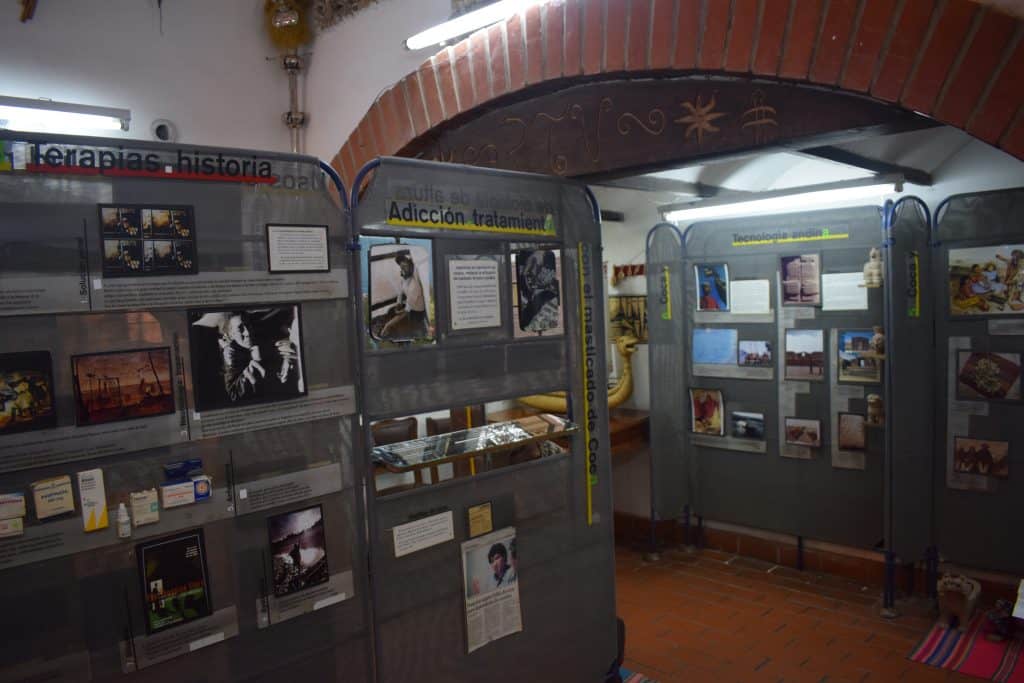
The best place to visit for the health-centric traveler in La Paz is the Coca museum. In Cusco, the museum’s focus was on coca products sold in the shop. However, in La Paz, the focus is instead on providing you with the most interesting information about Coca leaves.
Interesting Fact: Through science, the West created the cocaine problem. But now, they try to destroy the superfood Coca leaf’s production in Latin America. However, Coca Leaf is so nutritious that it can help in the fight against cancer, obesity, diabetes, malnutrition, asthma, altitude sickness, and so on.
Sucre – Scenic Town Of Bolivia
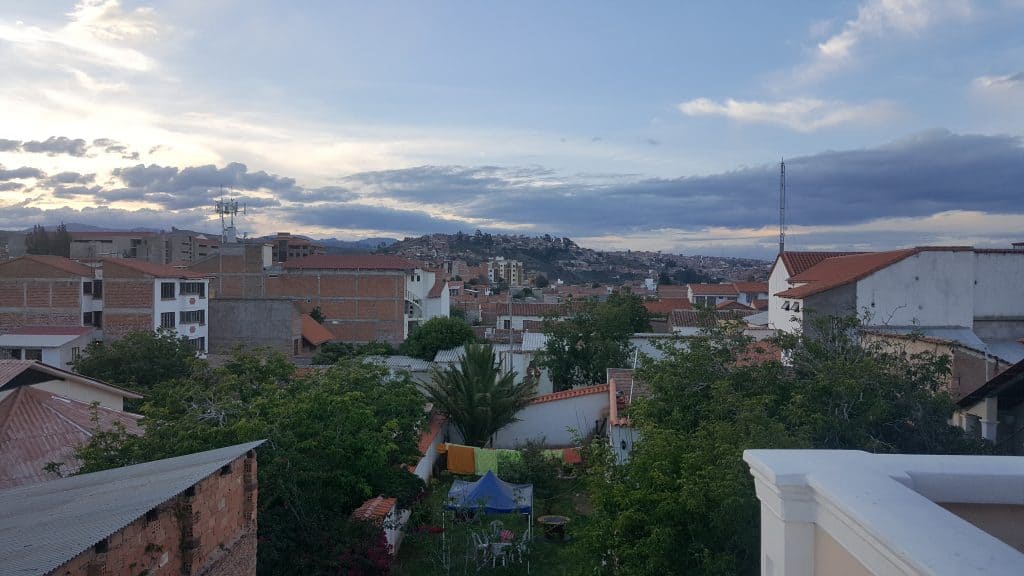
Sucre is Bolivia’s most scenic city, situated at a lower altitude than La Paz. The scenery is worth the price of the bus ticket.
Moreover, its known for being one of the best (and most affordable) places to take Spanish classes in Latin America. Central Sucre is quite safe.
Sucre Restaurants
There are a few healthier restaurant options, such as El Condor Cafe. They have a small healthy menu, consisting of fresh juice, vegetarian Tucumana (similar to, but larger than an Empanada – see photo below), and one or two other snacks. In addition, El Germen is another decent restaurant option with a lot of interesting foods to try, including vegetarian (not vegan) Coca Leaf Pasta. The few other healthier restaurants were closed for vacation during the time I visited. It’s best to have access to a kitchen in Sucre since the restaurant choice is small and it’s not always the healthiest meals.

Lastly, for a tasty low-fat exotic meat option, Cafe Restaurant Florin had Lama Skewers and Lama hamburger. It’s healthier than beef but tastes similar.
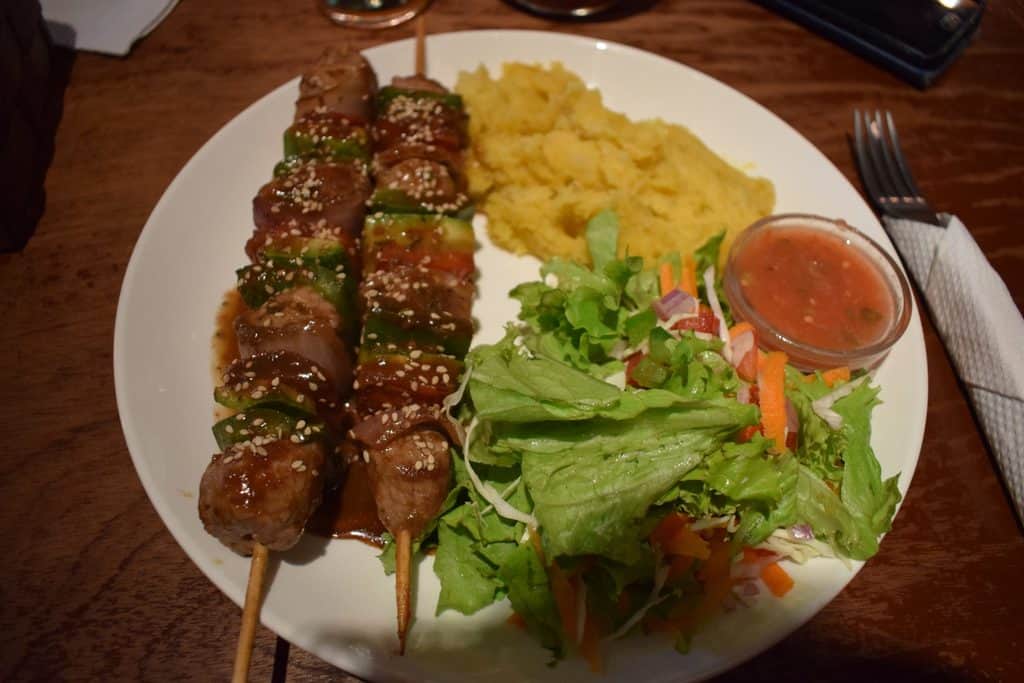
Sucre Gyms
For a workout, Vista Gym is a good central option (Juan Jose Perez Street at the top floor of the large “Super Abasto Sur” supermarket). They have tourist-friendly fitness classes to complement the standard workout equipment. It’s a small gym. The price is about 40 Bolivianos per workout. Great to work-out here during the daytime, but not good at night from about 6h30pm during peak hour until closing time. It gets overcrowded and there’s not enough equipment for everyone. Another gym to consider is the Go Fit Wellness Club, but it’s less central.
Sucre Wellness
Drogueria Natural has good homeopathy and herbal medicine options. For example, cough medicine made from Coca leaves, which may be specifically useful for a dry cough since Sucre’s air is dry. Although the center of Sucre reminds of a first world country, on the outskirts you’ll notice the extreme poverty. Such as at the Mercado Campesino. This is the market where the locals buy fruits and vegetables. It’s not a touristic market though, at all. For tourists, it’s better to stick to the Central Market. Here you’ll get sorted out with fresh juice e.g. carrot, orange or pineapple. In Peru, the most famous drink was Chicha Morada. But in Sucre, the main street-side drink was freshly squeezed orange juice.
Bolivian Small Towns
Copacabana and Isla Del Sol
Copacabana is a small lakeside town. It looks like a decent place to chill for one or two days, drink healthy juice, and eat a cheap basic meal or two. While Isla del Sol is easily reached by boat from Copacabana. It has hiking potential but didn’t look that special, unless you want some quiet time in nature. The island is not the safest place for solo female travelers.
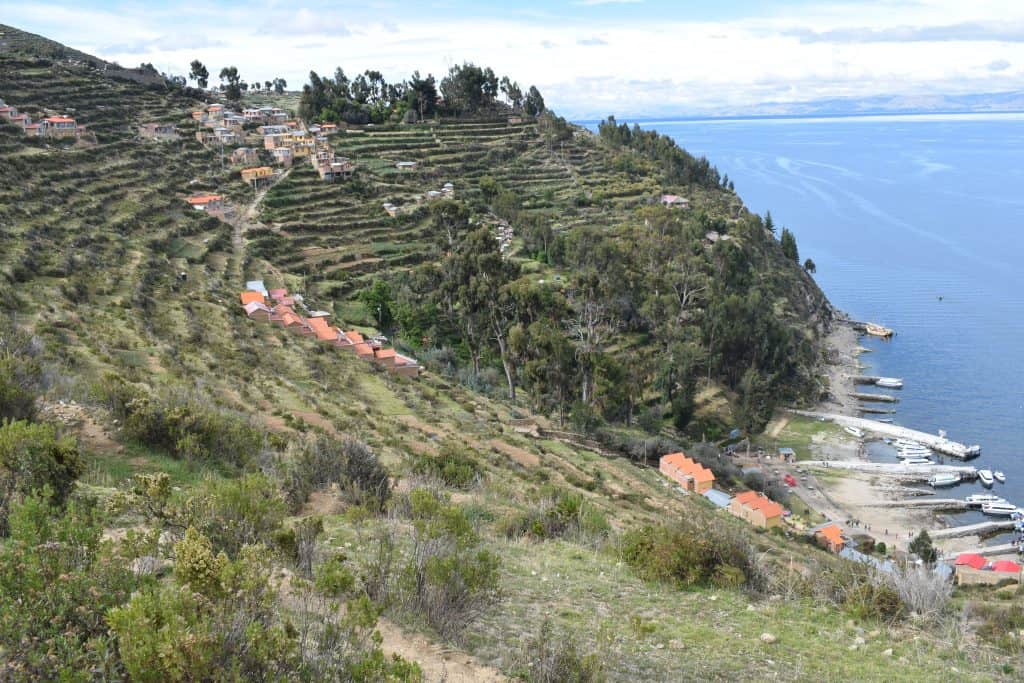
Tarija, Bolivia
Tarija is close to the border of Argentina. Thus it’s a stop-over option if you were like me, heading in the direction of Buenos Aires. However, it turned out to be only a small boring Bolivian town surrounded by wine farms. If you want to stay healthy while traveling, you’ll find freshly squeezed juices and one or two green smoothies, but not much more. The restaurants were very mediocre. For a nutritious meal, you’d have to make your own food.
Mercado Campesino is a great option for fresh fruit and vegetables, but it’s a little far out from the center of town. Otherwise, the Mercado El Molino (15 de Abril Street) is good for (only) vegetables. Another decent option for fruit: Mercado Central. It was hard to find fresh meat in central Tarija. However, you can try canned tuna or soya meat at the grocery store. These supermarkets did not stock fruits or vegetables (nor fresh meat). Premier X3M Fitness club in Sucre Road is the right place to work out in Tarija, at a rate of about 50 Bolivianos per day. There was a large supermarket one block down from this gym, in Sucre Street.
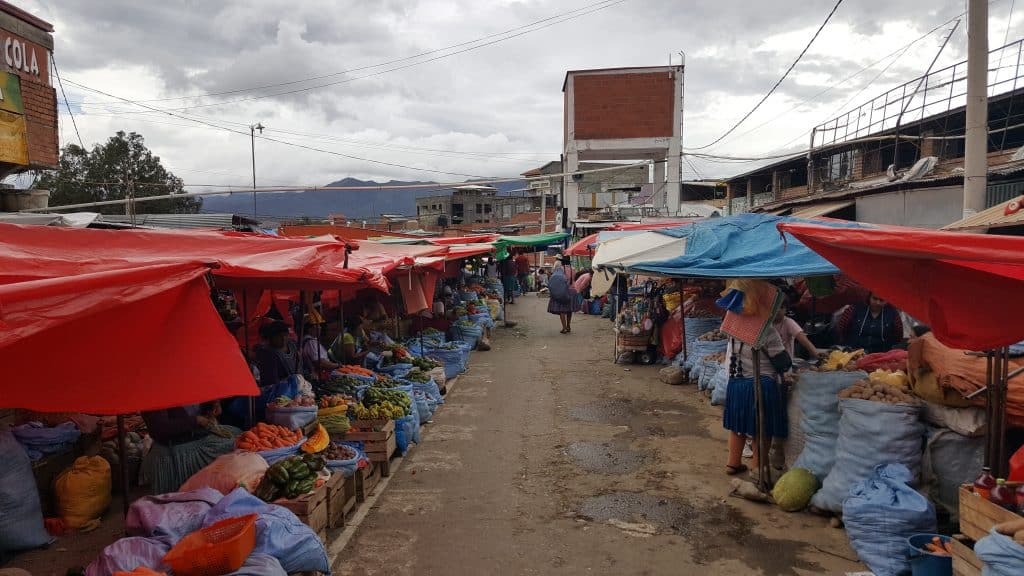
Bolivian Salt Flats
If you’re heading to Chile, then visiting Salar de Uyuni is a good option. If you choose, they’ll drop you off at the Chilean border after driving through the Salt flats for four days. However, as this isn’t a health-centric tourist attraction it’s not covered by this post.
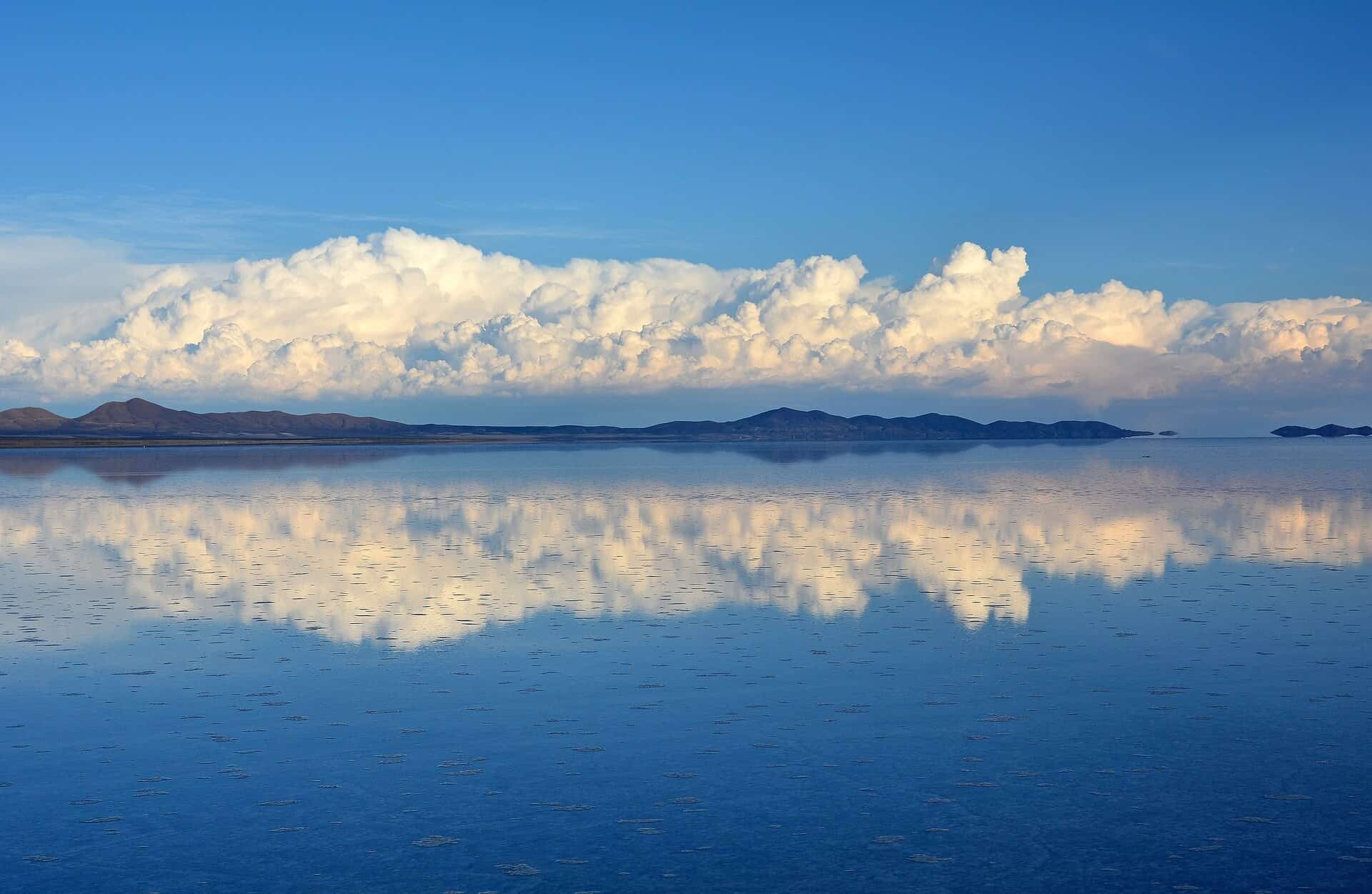
Bolivia Health Travel Junkie Challenge
The challenge for Bolivia is to chew Coca leaves and drink Coca tea… You can buy organic Coca Leaves at the Coca Museum in La Paz, along with an activator such as Stevia. As mentioned in the Cusco post, the activator is necessary to feel the full strength of the leaf.
Bolivia Health Travel Junkie Scale
Fitness activities – 8
(Plenty of gyms around with relatively inexpensive day-passes. Bolivia has a decent hiking and trekking scene but it mostly operates in the shadow of the excellent treks in neighboring Peru.)
Food – 7.5
(Here and there you’ll find very good restaurants, but otherwise not good)
Cost of traveling – 9
(Bolivia is an inexpensive country)
Other Wellness-related activities – 7.5
(Such as chewing Coca Leaves, visiting the Coca Museum in La Paz. Potentially also cycling the Death Road if you’re into mountain biking..)
Overall rating: 80%
What do you think about Wellness in Bolivia? Any tips, thoughts or questions? Comment below to help fellow travelers have the best time in Bolivia.
